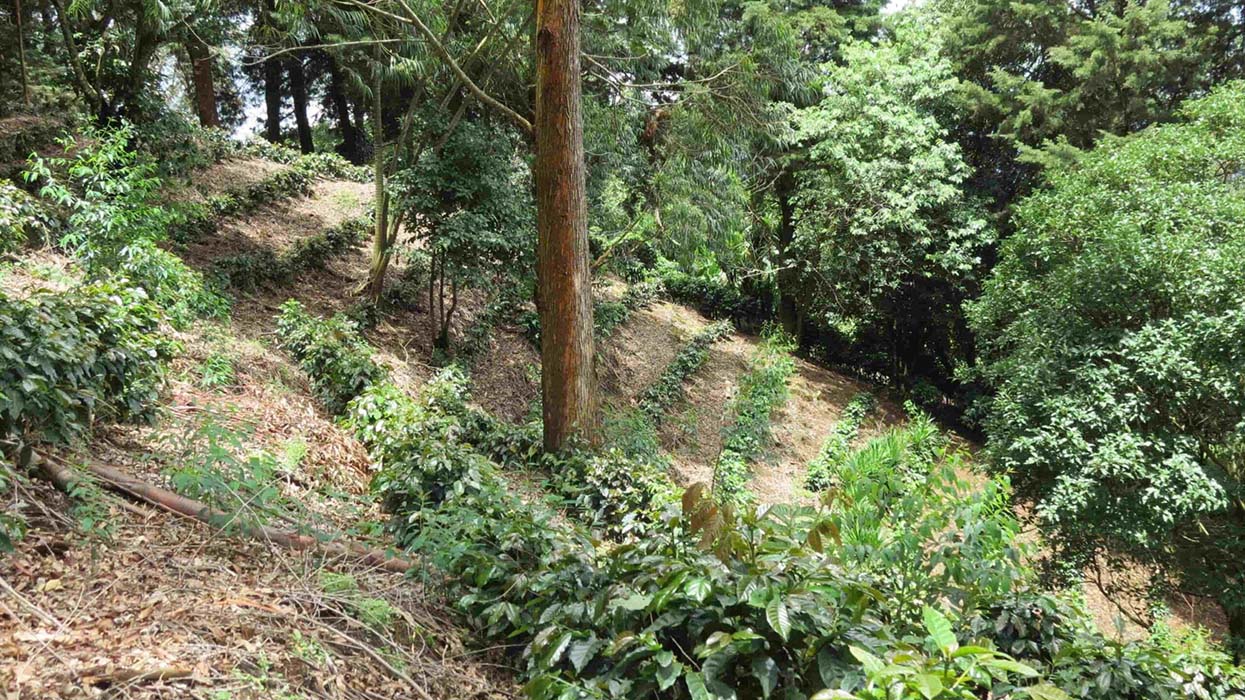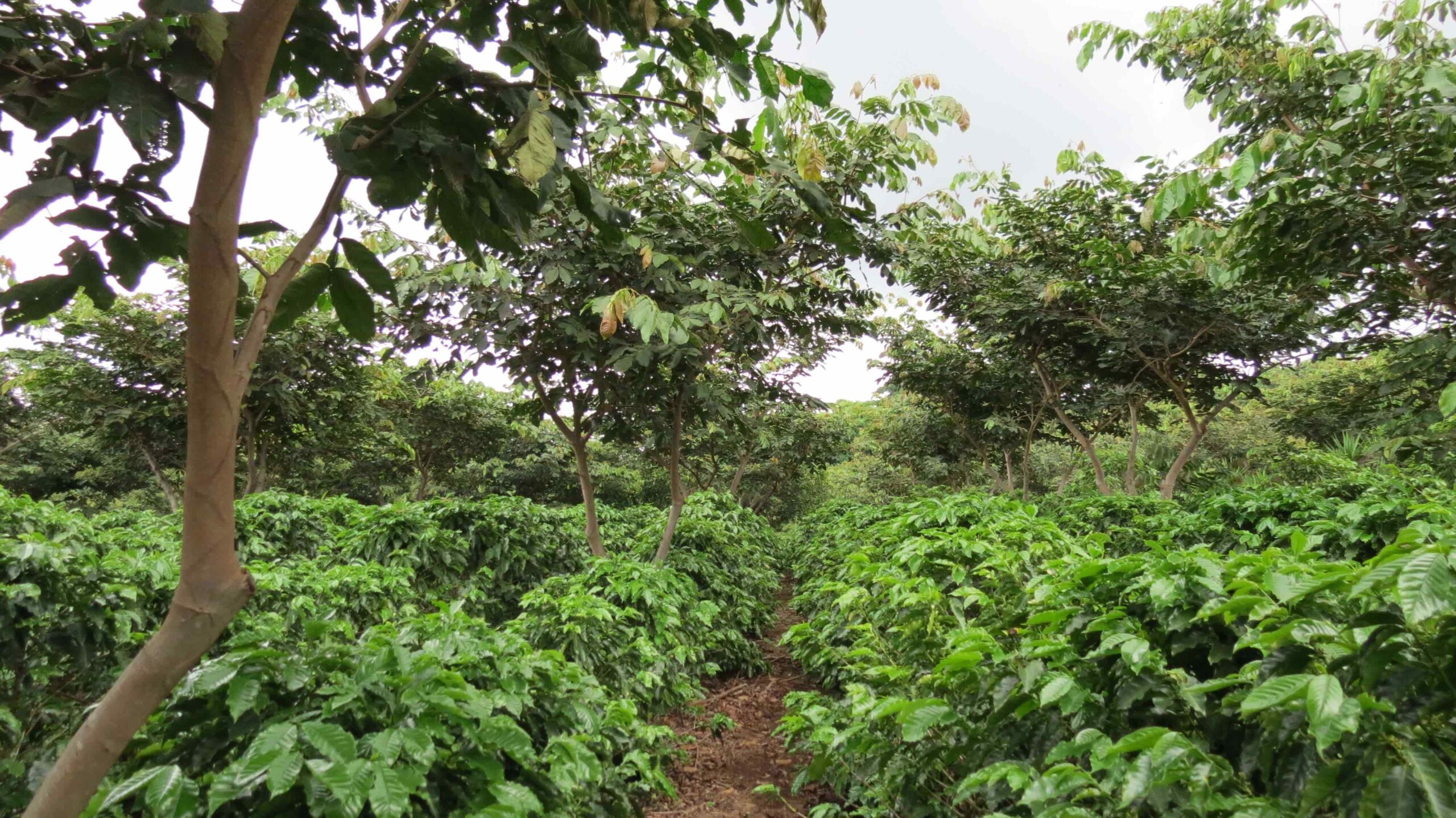From 24 to 30 November
Black Week Offers
- Free shipping!
- On green coffee orders over €1,500


Costa Rica, in the heart of Central America between Nicaragua and Panama, is a flagship origin for 100% Arabica grown in volcanic soils at high altitude. Its diverse climate—with well-defined dry and rainy seasons—and mountainous geography favor slow cherry development that translates into clean, balanced, aromatic cups. Between 800 and 1,700 m a.s.l., with mild temperatures (17–28 °C) and abundant rainfall (2,000–3,000 mm), coffee trees find ideal conditions to express sweetness, bright acidity, and complexity.
With 51,100 km² and more than 5.13 million inhabitants, Costa Rica dedicates around 90,650 hectares to coffee. The combination of mineral-rich volcanic ash, technical agronomy, and a mature coffee culture delivers stable, traceable lots with clear value differentiation.
Costa Rican coffee shines for its balance, medium body, and notes that range from fruit to cocoa. Discover authentic Costa Rica and add cups with history, traceability, and consistent quality to your lineup—ideal for espresso, filter, and characterful blends.

The coffee-growing region of Valle Occidental is located in the center of Costa Rica. In the region of Valle Occidental live 284,700 inhabitants and its surface area is approximately 1,853 km², Valle Occidental has 39 coffee growing districts, these districts are home to more than 4,870 families that are dedicated to coffee growing, in total in the region there are 21,650 hectares dedicated to the cultivation of coffee, the most cultivated Varietals in Valle Occidental are Caturra, Catuaí, Villa Sarchí and Villalobos. Valle Occidental is the 2nd largest coffee-growing region in Costa Rica

